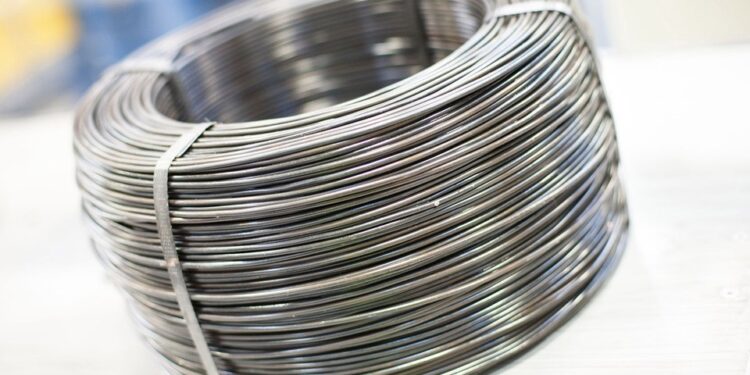Baling is very important in the storage of recycled materials that many businesses rely upon, including tech businesses transporting goods and agricultural-based businesses. In order to keep materials packed together, they are pressed into bales – which are held together with steel wire wrapped tightly over the surface. Baling wire is expected to undergo severe stresses when in use, so quality is of paramount importance. Here are the steps that go into making high-quality baling wire.
Picking The Right Materials
Baling wire is typically made of steel – and not all steel is the same. The best steel for high-quality baling wire has a high carbon content and a consistent metallurgical composition throughout the billet. The carbon content of steel helps it become resistant to rust. This is immensely important in baling wire – which is expected to be tensed tightly over high loads for a long time without breaking. Rust can be extremely dangerous. If a baling wire unexpectedly breaks due to rusting, its contents could injure operatives or contaminate areas. Having the right steel is crucial.
Descaling
Once the steel is fed through a wire machine, it needs to be descaled. Steel gathers a brittle scale when it is heated, and this can cause difficulties down the line for the end-user. A good quality baling wire production process always includes some form of mechanical descaling. The most effective mechanical descaling method is known as reverse bending. Reverse bending is exactly what it sounds like: the new wire is continuously bent so that the brittle scale cracks and falls off, leaving the flexible and strong high carbon steel wire behind.
Cooling
By now, the wire is extremely hot. Both the wire machine and the descaling process can cause the wire to heat up significantly. Heating and cooling can change material properties, so it is crucial that any cooling is tightly controlled in order to preserve quality. Air and water cooling usually takes place after descaling. A good baling wire production company will ensure that all of the cooling is as uniform as possible in order to keep the wire consistently strong throughout its length.
Annealing
The annealing process is used to make metals more flexible and workable. Annealing involves the heating of the baling wire to extreme temperatures – enough to alter the microscopic structure of the steel. At around 850 Degrees Celsius, atoms migrate along the undergirding crystal lattice of the steel. This decreases atomic dislocations, which are the cause of brittleness. Check out balingwiredirect.com for more information on the annealing process.
Galvanization
Galvanization is a process used to ensure that steel does not rust – something that this article has already mentioned as being crucial to the quality of baling wire. The galvanizing of steel is usually achieved by coating the material in a thin layer of liquid zinc, which then hardens to form a protective layer around the metal. Good quality zinc is essential. After the annealed wire has been cooled in water and air, it is dipped into a hot pool of molten zinc.
Testing
As with any product that is required to undergo extreme stresses during its lifetime, the high-quality baling wire needs to be tested before it can be sold. Tensile testing is the most important way in which a production company can guarantee quality. A wire needs to be selected from every batch and be put under immense strain – far more than would be expected of the wire during its normal use. The wire is stretched and bent until it breaks. This allows the production company to give accurate figures of how much pressure a wire can be put under. This is very important for customers, who need to know just what kind of load their new wire can handle.











